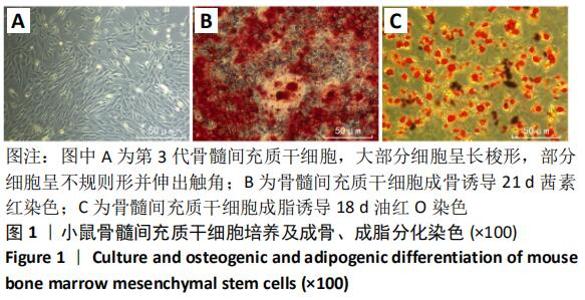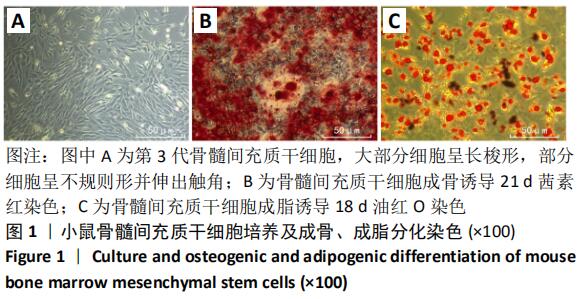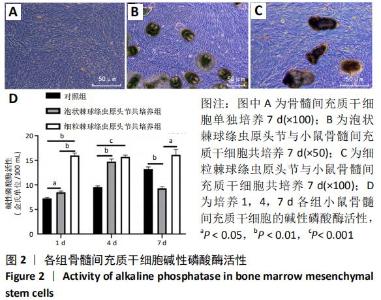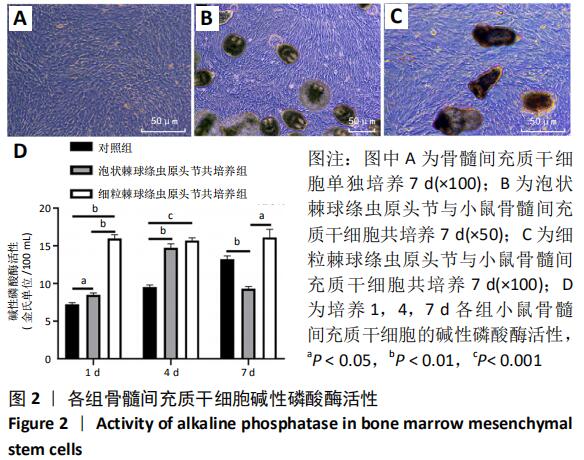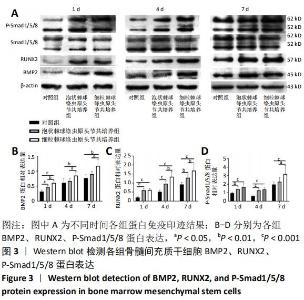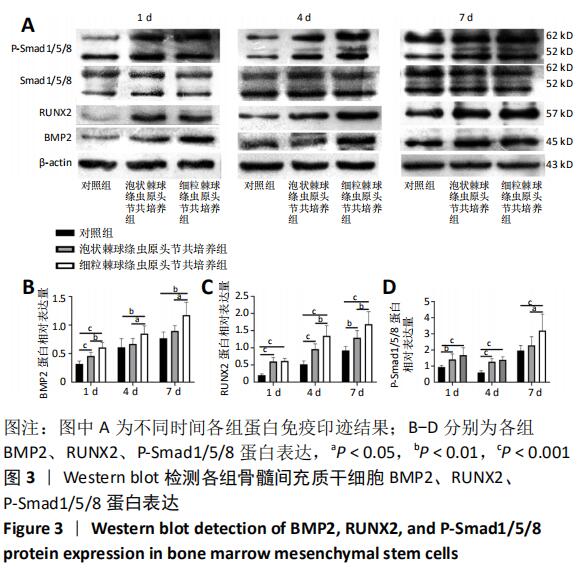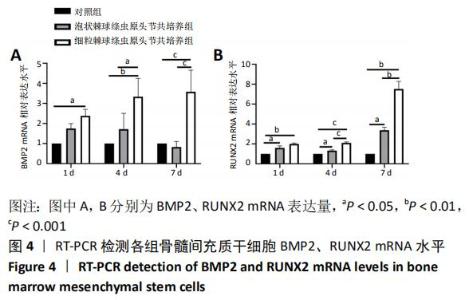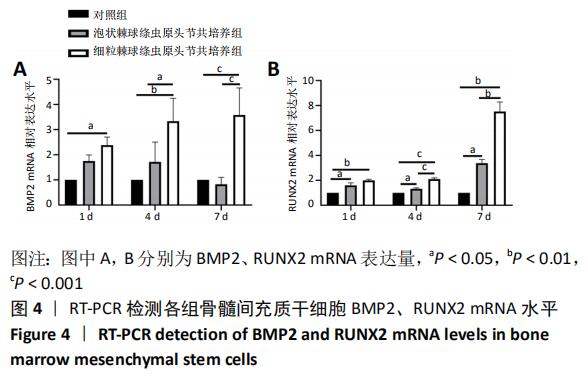[1] 温浩,吐尔干艾力·阿吉,邵英梅,等.棘球蚴病防治成就及面临的挑战[J].中国寄生虫学与寄生虫病杂志,2015,33(6):466-471.
[2] 伍卫平,王虎,王谦,等. 2012-2016年中国棘球蚴病抽样调查分析[J].中国寄生虫学与寄生虫病杂志,2018, 36(1):1-14.
[3] 刘瑜,尹丽,赵之.肝泡型包虫病的超声诊断及其声像特征[J].现代消化及介入诊疗,2019,24(1):82-84.
[4] GRAETER T, KRATZER W, OEZTUERK S, et al. Proposal of a computed tomography classification for hepatic alveolar echinococcosis. World J Gastroenterol. 2016;22(13):3621-3631.
[5] 方丹,陈哲宇,曾勇,等.泡型肝包虫病的外科治疗现状[J].中国普外基础与临床杂志,2016,23(5):513-516.
[6] 赵宝魁,鲍海华.包虫病的CT和MR诊断及新技术进展[J].中国医药导报,2012,9(15):5-7.
[7] SHEN G, KOU Y, KUANG A. Doughnut sign of hepatic alveolar echinococcosis on FDG PET/CT: Clinical case report. Medicine (Baltimore). 2019;98(8):e14561.
[8] HOŁODY-ZARĘBA J, ZARĘBA KP, KĘDRA B. Assessment of the accuracy of preoperative imaging methods in the diagnosis of hepatic single-chamber echinococcosis. Pol Przegl Chir. 2013;85(12):693-698.
[9] PENG X, LI J, WU X, et al. Detection of Osteopontin in the pericyst of human hepatic Echinococcus granulosus. Acta Trop. 2006;100(3): 163-171.
[10] 张旭勇,夏杰,杨涛,等.TGFβRⅠ和TGFβRⅡ在肝细粒棘球蚴外囊壁中的表达[J].医学研究生学报,2016,29(1):66-69.
[11] 朱效伟,韩秀敏,张强.包虫组学研究在新药研制中的应用进展[J].医学研究生学报,2018,31(2):220-224.
[12] HASSANLOU L, MESHGINI S, ALIZADEH E. Evaluating adipocyte differentiation of bone marrow-derived mesenchymal stem cells by a deep learning method for automatic lipid droplet counting. Comput Biol Med. 2019;112:103365.
[13] CHEN J, SHI ZD, JI X, et al. Enhanced osteogenesis of human mesenchymal stem cells by periodic heat shock in self-assembling peptide hydrogel. Tissue Eng Part A. 2013; 19(5-6):716-728.
[14] ROGERS MB, SHAH TA, SHAIKH NN. Turning Bone Morphogenetic Protein 2 (BMP2) on and off in Mesenchymal Cells. J Cell Biochem. 2015;116(10):2127-2138.
[15] 杨婧,张宏伟,葛权虎,等.骨形态发生蛋白-2在肝包虫外囊壁钙化中的作用[J].石河子大学学报(自然科学版), 2017,35(5): 570-573.
[16] 雷军强,陈勇,王晓慧,等.肝包虫病的CT和MR诊断[J].中国医学影像技术,2010,26(2):291-293.
[17] 彭心宇,李建辉,赵瑾,等.肝细粒棘球蚴周围纤维囊壁钙化分布及意义[J].中国人兽共患病学报,2006,22(9):825-827,832.
[18] WU XW, CHEN XL, ZHANG SJ, et al. Pericyst may be a new pharmacological and therapeutic target for hydatid disease. Chin Med J (Engl). 2011;124(18):2857-2862.
[19] 尹媛婕,张强,杨银学,等.囊型包虫病患者包囊钙化相关基因研究[J].中华预防医学杂志,2016,50(5):434-438.
[20] 娄鸣,李晓红,饶国洲.BMP-2,BGP mRNA表达量及ALP活性的变化对大鼠骨髓间充质干细胞体外诱导成骨细胞的影响[J].现代检验医学杂志,2008,23(5):28-31.
[21] VATANKHAH A, ASSMAR M, VATANKHAH GR, et al. Immunochemical characterization of alkaline phosphatase from the fluid of sterile and fertile Echinococcus granulosus cysts. Parasitol Res. 2003;90(5): 372-376.
[22] MAHMOUD AM, JONES AM, SIDGWICK GP, et al. Small Molecule Glycomimetics Inhibit Vascular Calcification via c-Met/Notch3/HES1 Signalling. Cell Physiol Biochem. 2019; 53(2):323-336.
[23] LI X, YANG HY, GIACHELLI CM. BMP-2 promotes phosphate uptake, phenotypic modulation, and calcification of human vascular smooth muscle cells. Atherosclerosis. 2008;199(2): 271-277.
[24] NGUYEN V, MEYERS CA, YAN N, et al. BMP-2-induced bone formation and neural inflammation. J Orthop. 2017;14(2): 252-256.
[25] OLIVARES-NAVARRETE R, HYZY SL, HAITHCOCK DA, et al. Coordinated regulation of mesenchymal stem cell differentiation on microstructured titanium surfaces by endogenous bone morphogenetic proteins. Bone. 2015;73: 208-216.
[26] SHAO JS, ALY ZA, LAI CF, et al. Vascular Bmp Msx2 Wnt signaling and oxidative stress in arterial calcification. Ann N Y Acad Sci. 2007;1117: 40-50.
[27] RAWADI G, VAYSSIÈRE B, DUNN F, et al. BMP-2 controls alkaline phosphatase expression and osteoblast mineralization by a Wnt autocrine loop. J Bone Miner Res. 2003;18(10):1842-1853.
[28] 乔虎军,王国祥,郝鑫.转化生长因子β/Smad信号通路和骨关节炎研究进展[J].中国运动医学杂志,2019,38(2):143-151.
[29] GU Y, ZHOU J, WANG Q, et al. Ginsenoside Rg1 promotes osteogenic differentiation of rBMSCs and healing of rat tibial fractures through regulation of GR-dependent BMP-2/SMAD signaling. Sci Rep. 2016;6: 25282.
[30] WANG S, HU S, WANG J, et al. Conditioned medium from bone marrow-derived mesenchymal stem cells inhibits vascular calcification through blockade of the BMP2-Smad1/5/8 signaling pathway. Stem Cell Res Ther. 2018;9(1):160.
|
